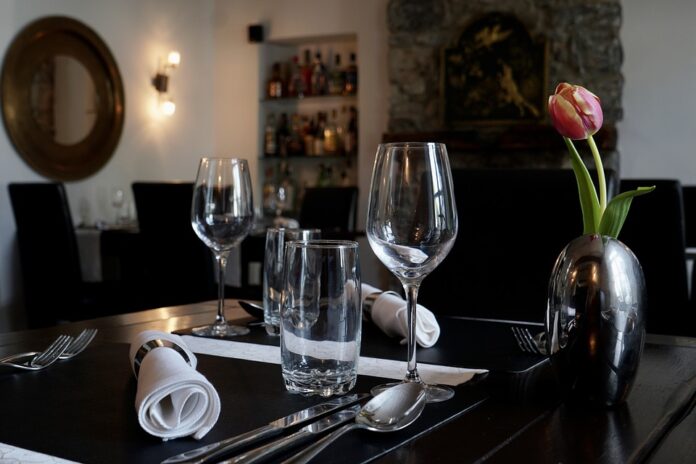Introduction
Casual dining trends have been rapidly evolving in recent years, and bistros are no exception to this shift. As consumers’ preferences change and demand for unique dining experiences grows, bistros must adapt to stay relevant in the competitive restaurant industry. This report will explore the impact of casual dining trends on bistros and how they can effectively adapt to meet consumer demands.
Current State of the Bistro Industry
Bistros have long been a popular dining option for those seeking a casual yet elevated experience. Known for their cozy atmosphere, simple yet delicious food, and affordable prices, bistros have traditionally attracted a loyal customer base. However, with the rise of fast-casual dining chains and the increasing demand for healthier and more diverse menu options, bistros are facing new challenges in meeting consumer expectations.
Consumer Preferences and Trends
Consumers today are more health-conscious and environmentally aware than ever before. They are seeking out restaurants that offer fresh, locally sourced ingredients, sustainable practices, and a variety of dietary options. This shift in consumer preferences has led to a rise in demand for plant-based and gluten-free menu items, as well as a desire for transparency in sourcing and preparation methods.
Competition in the Casual Dining Market
Bistros are facing stiff competition from fast-casual dining chains, which offer convenience, speed, and customization at a lower price point. In order to compete effectively, bistros must differentiate themselves by emphasizing their unique ambiance, attentive service, and high-quality ingredients. Additionally, they must stay ahead of trends by regularly updating their menu offerings and incorporating innovative culinary techniques.
Adapting to Consumer Demands
In order to thrive in the ever-changing landscape of casual dining, bistros must be willing to adapt to meet consumer demands. This may involve revamping their menu to include more diverse and health-conscious options, sourcing ingredients locally to support the community and reduce their carbon footprint, and implementing sustainable practices to appeal to environmentally conscious diners.
Menu Innovation and Diversification
One key way that bistros can adapt to consumer demands is by innovating their menu offerings. This may involve incorporating trending ingredients such as plant-based proteins, superfoods, and global flavors, as well as offering a wider range of dietary options to accommodate various preferences and restrictions. By regularly updating their menu to reflect current food trends, bistros can attract a broader customer base and keep diners coming back for more.
Sustainability and Ethical Practices
Consumers today are increasingly concerned about the environmental impact of their dining choices. Bistros can appeal to this demographic by sourcing ingredients locally, reducing food waste, and implementing eco-friendly practices such as composting and recycling. By demonstrating a commitment to sustainability and ethical practices, bistros can build trust with consumers and differentiate themselves in a crowded market.
Case Studies: Successful Adaptations by Bistros
Several bistros have successfully adapted to changing consumer demands by incorporating innovative strategies into their business model. One such example is Bistro XYZ, which revamped its menu to include a wider range of vegetarian and gluten-free options, as well as sourcing ingredients from local farms. This move not only attracted new customers but also increased loyalty among existing patrons who appreciated the bistro’s commitment to sustainability and quality.
Financial Impact of Adaptations
Implementing changes to meet consumer demands can have a significant financial impact on bistros. While upfront costs may be involved in sourcing higher-quality ingredients or revamping menu offerings, the long-term benefits of attracting new customers and building loyalty can outweigh these initial expenses. Bistros that successfully adapt to consumer trends are likely to see an increase in revenue and profitability over time.
Conclusion
In conclusion, the impact of casual dining trends on bistros is significant, requiring them to adapt in order to meet consumer demands and stay competitive in the industry. By innovating their menu offerings, emphasizing sustainability and ethical practices, and differentiating themselves from fast-casual chains, bistros can thrive in a rapidly changing market. With strategic adaptations and a commitment to quality, bistros can continue to attract diners and maintain their position as a beloved dining destination.




